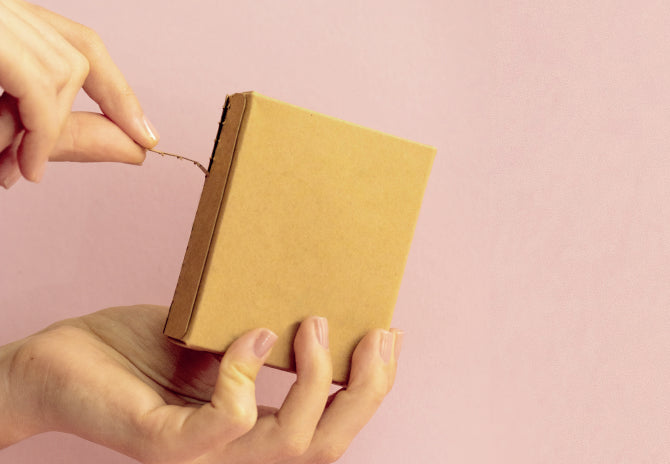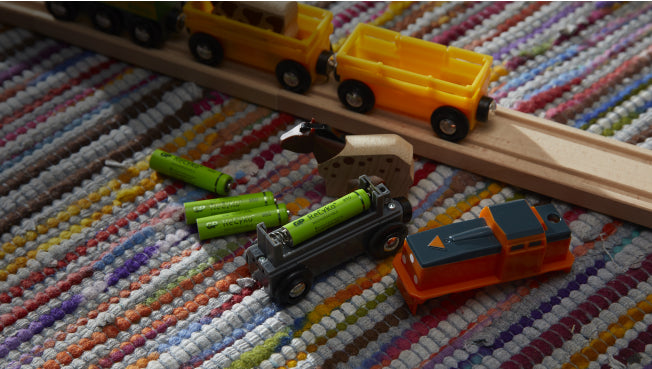

We live in a world where we all need to be more conscious about the environment and sustainability. More than ever consumers are trying to make eco-conscious choices, which extends to the products they use and the packaging they come in. At GP, we feel the responsibility to develop more sustainable sources of power , including product packagings. We have been listening to our customer's needs and have taken an important step to reduce plastic packaging by making the majority of our product assortment packaging plastic-free by 2023.
Read on for some of the negative impact plastics have on our environment, the pros of paper and a few creative ways to reuse your plastic packaging.
What is the main problem with plastic packaging?
Plastic is a fossil fuel – non-renewable. It’s estimated that 4% of the world’s oil production is used in the creation of plastics and is seen as a poor material in terms of renewability and sustainability. There are roughly a staggering 5 trillion or more pieces of plastic pollution in our oceans.
Other disadvantages of plastic packaging include:
- The production of plastic releases excessive amounts of carbon dioxide which pollutes the environment.
- Although plastic can be recycled, it has been reported that over 91% of existing plastic in the world has never been recycled.
- It can take thousands of years to fully degrade, which is harmful to the environment.
- Plastic pollutes the oceans and land, and animals can also choke on this material.
- Over a long period of time, sunlight breaks plastic down which then poisons soil, affecting the fertility of the land.
How is paper packaging more sustainable than plastic?


Businesses are switching to paper because it is generally more environmentally friendly, posing less of a threat if any should find its way into the ocean and waterways.
- Its manufacture means a reduction of up to 60% in CO2 and oil emissions compared to other materials.
- It is 100% recyclable and biodegradable. Corrugated cardboard degrades completely within a maximum period of one year.
- Recycled cardboard does not lose durability or resistance. After recycling, corrugated cardboard does not lose quality or properties.
- Recycling cardboard allows us to save energy that can be used in the manufacture of other resources. 90% less water and 50% less electricity are needed to make them.
How to reuse cardboard packaging in creative ways
Here are some fun tips to inspire you to recycle and reuse your cardboard packaging at home. Get creative and help the environment at the same time.
- Regifting – Create cards and gift tags for friends or use a box or two to house a gift.
- Stylish storage – Create your own custom storage boxes, and get arty with paint and fabrics for fun smart storage solutions.
- Pretty Planters – Decorate a cardboard box, line it with a plastic bag with drainage holes and bingo a nifty new planter for your plants.
- Cool Coasters – Cut card into circles with scissors and cover with colourful duct tape and you have yourself a fresh new set of drink coasters.
The switch to paper packaging is yet another milestone in reducing waste, but we're not at our destination yet. We are working hard every day to find new ways to reduce our environmental footprint and help you easily recycle all our products and its packaging.
Discover our assortment of products with paper packaging
Let’s Stay in Touch!



